Canederli, the recipe of a tradition that does not lose energy
THE dumplings with speck are one of the most typical recipes of Trentino Alto Adige: it is a dish with poor ingredients of the peasant tradition which, combined, give life to a truly excellent result. The secret to obtaining real dumplings lies in mixing the ingredients correctly so that they blend well with each other and do not fall apart during cooking. These Trentino gnocchi can also be served in salads or together with beff stew typical of Hungary or at Pork stew, instead of mashed potatoes or polenta: they will be perfect for collecting meat sauce. Hearty as a first course, perfect as an accompaniment to other recipes. With the rediscovery and enhancement of this recipe, some also offer them as street food. Here’s how to cook the dumplings; try them with us!
Ingredients for 4 people
- Stale bread: 250 g
- Speck: 100 g
- Onion: ½
- Eggs: 2
- Milk: 100 g
- Butter: 20 g
- Black pepper: to taste
- Parsley: to taste
- Chives: to taste
- Extra virgin olive oil: to taste
- Salt up: to taste
- Meat broth: 1 l
- Preparation: 15 minutes
- Cooking: 25 minutes
- Total: 40 minutes
- Calories: 114Kcal / 50g
Preparation
Take the onion, peel it and finely chop it with a small knife.
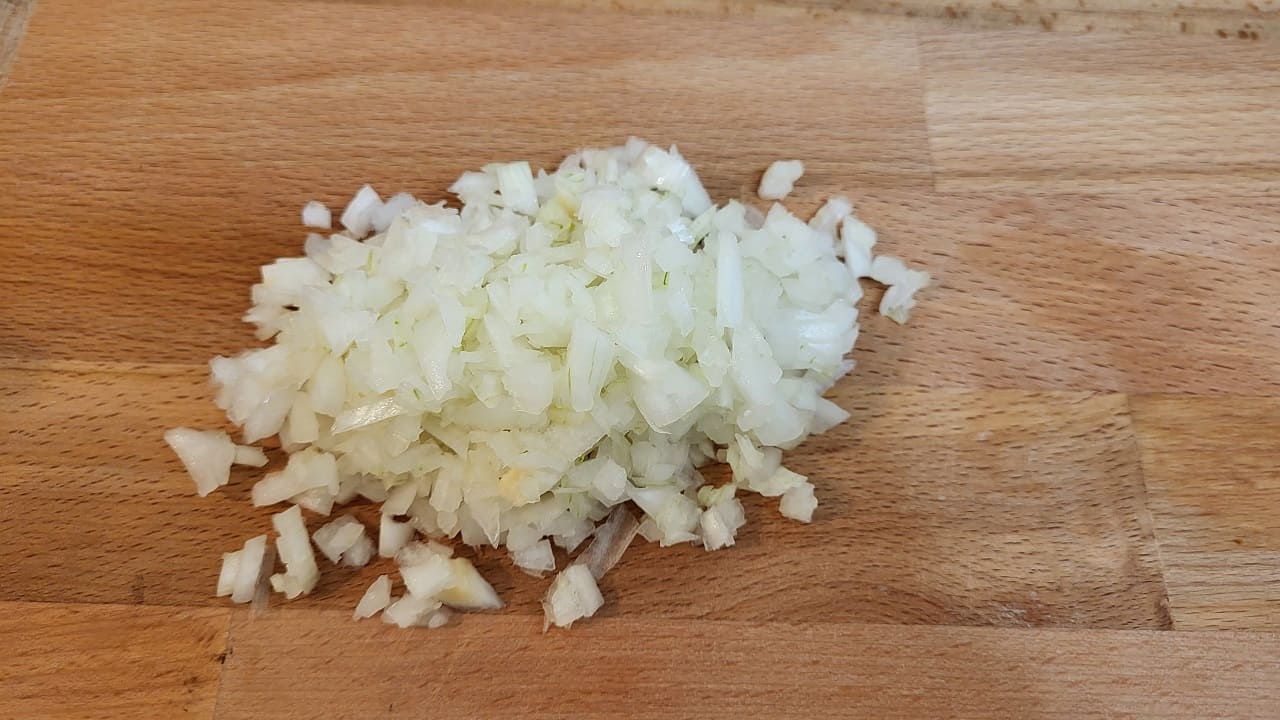
Collect the speck and also reduce it into very small pieces.
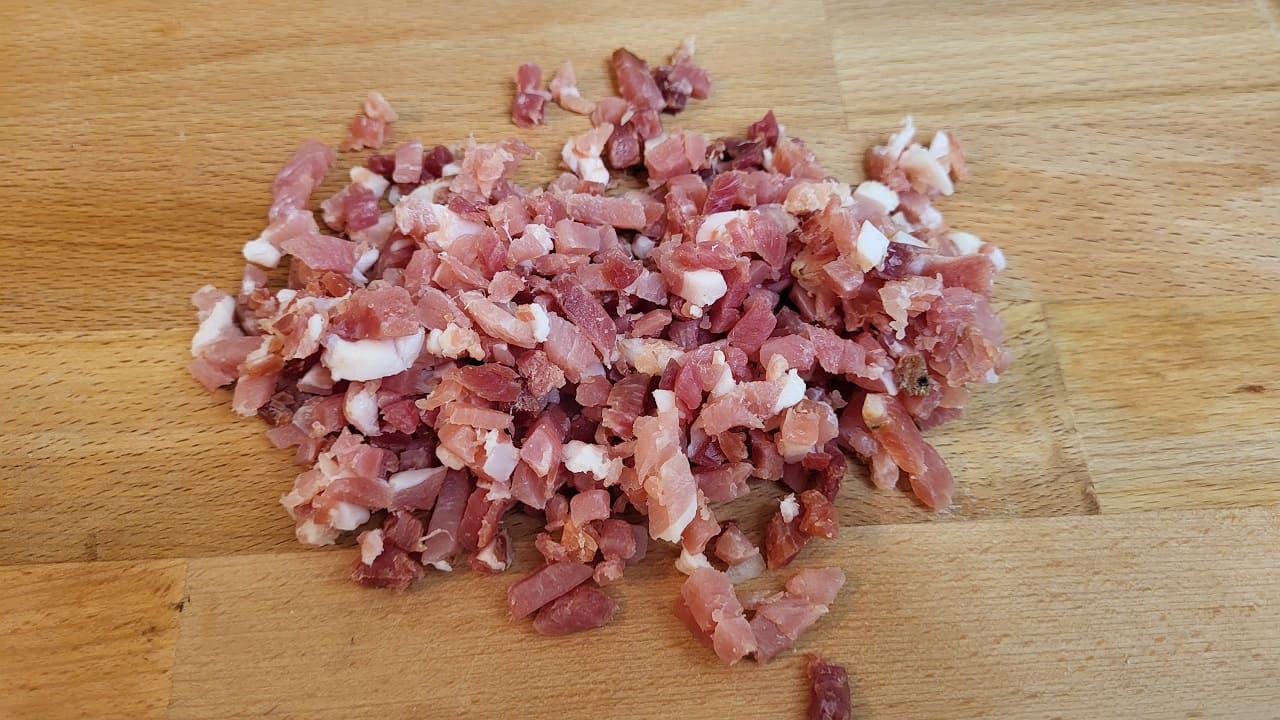
Take a saucepan and place it on the stove; add the butter inside to make it melt.

Add the chopped onion and speck and cook over low heat for about 10 minutes.
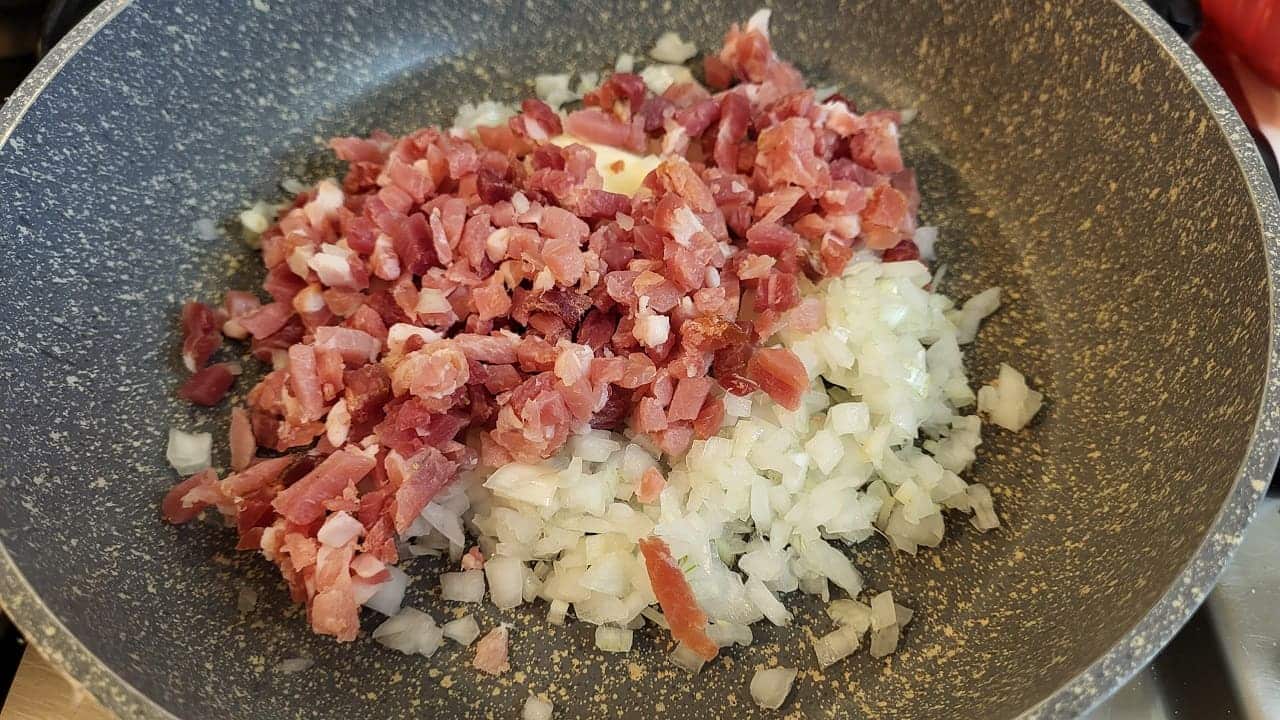
In the meantime, wash the chives well and chop them into small pieces.
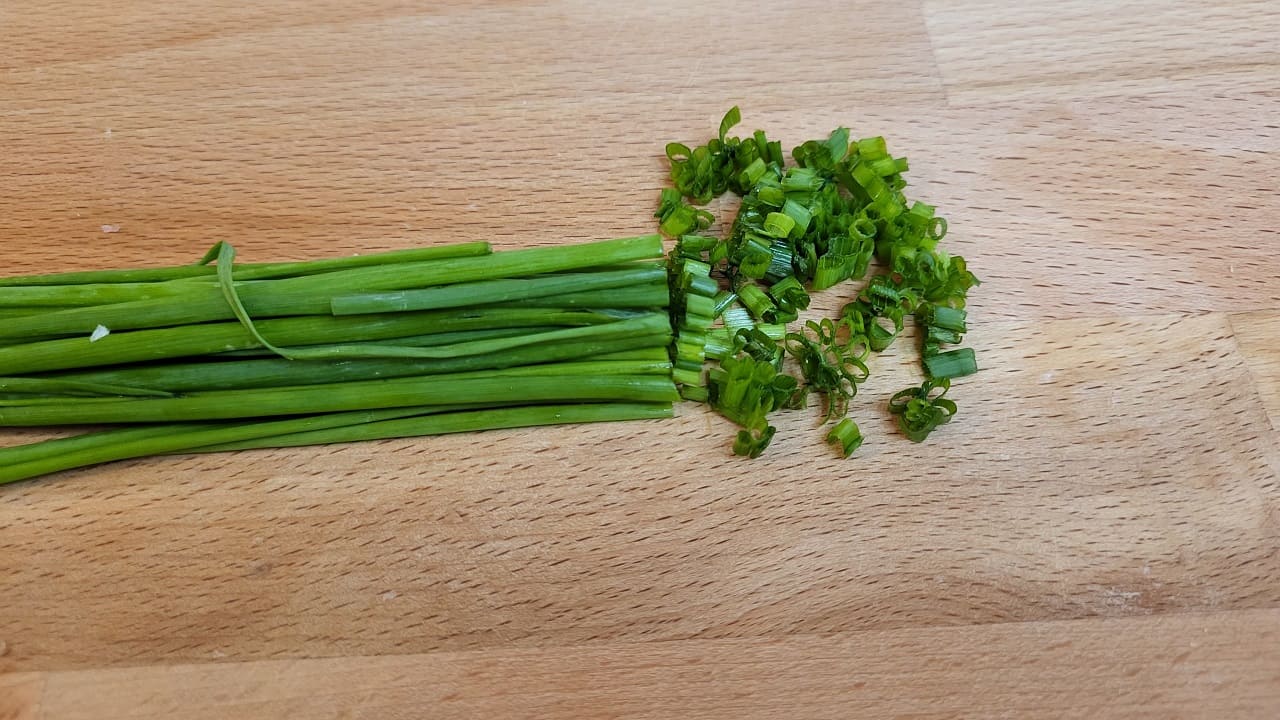
Carry out the same chopping operation with the fresh parsley.
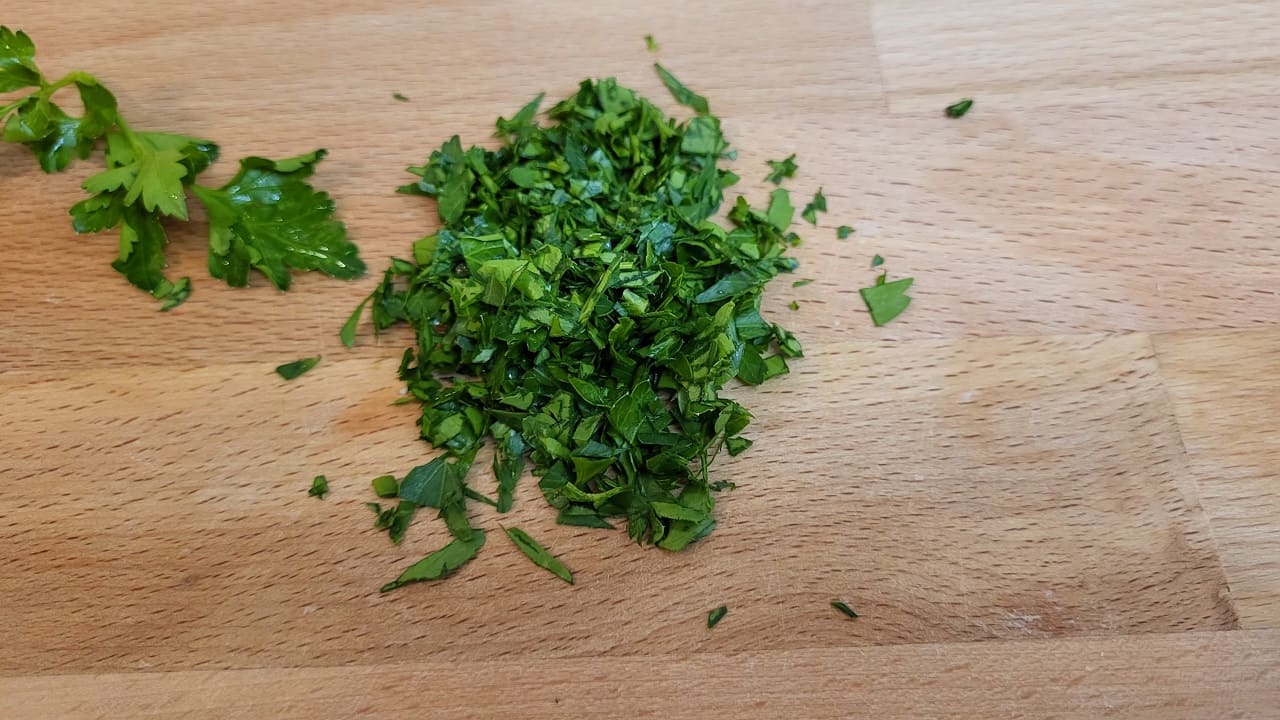
At this point, remove the speck, now golden, from the heat and let it cool.
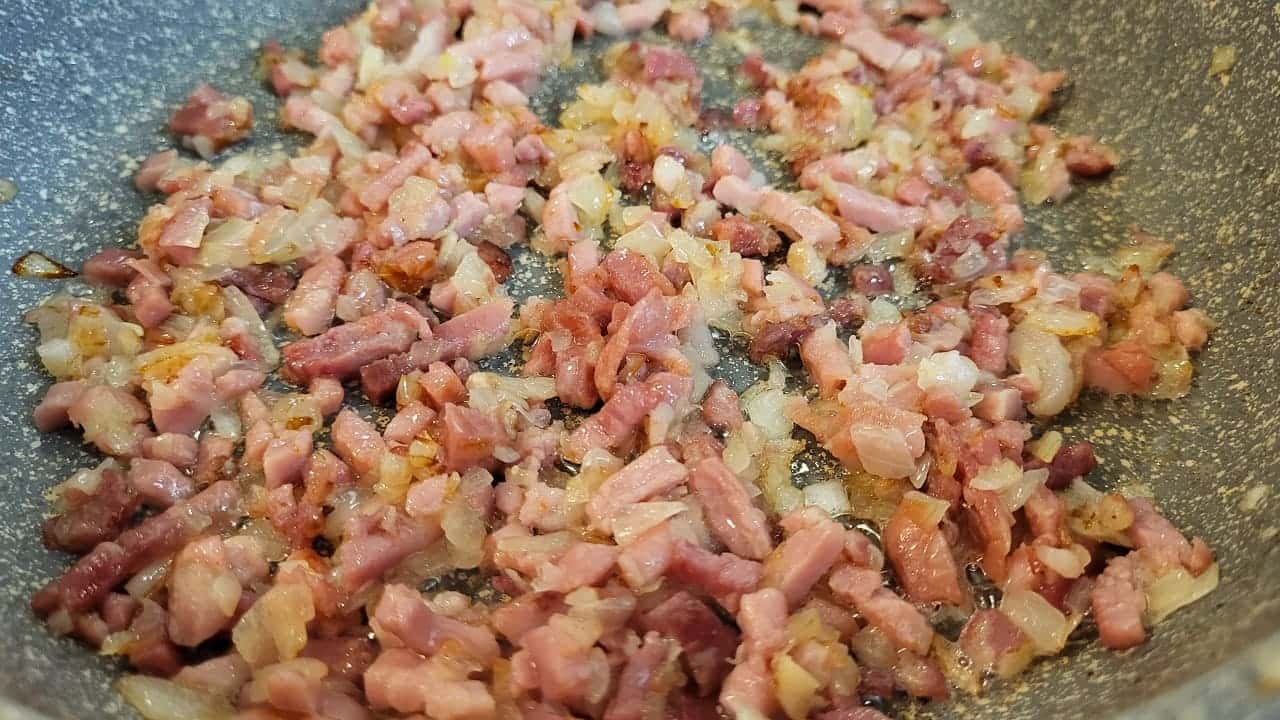
Take the bread and cut it into small pieces with a knife.
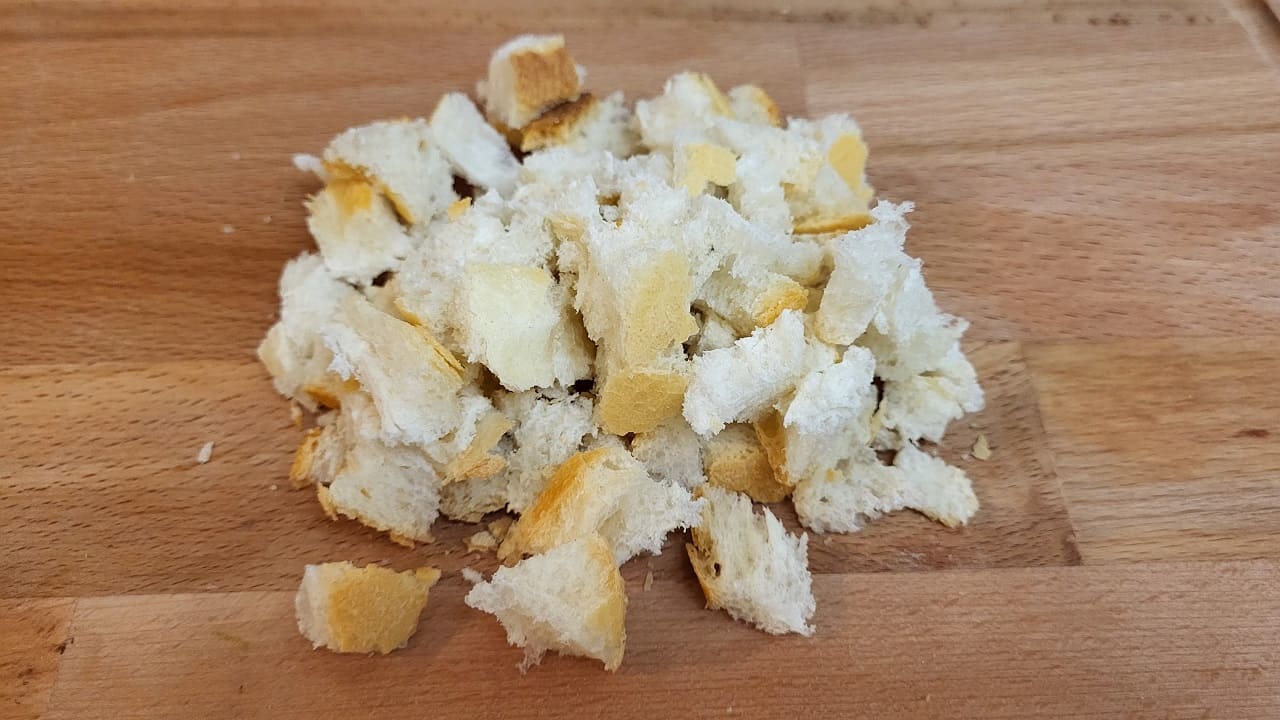
Retrieve a large bowl and place the bread, milk, eggs, chives and parsley inside. Mix all the ingredients well.

Finally, add the speck with the onion, a pinch of black pepper and fine salt to the rest of the ingredients. Mix everything together.

Create small meatballs with the mixture obtained and place them on a plate, or a work base, spaced apart.

In a saucepan, place all the meatballs covered with meat broth, previously heated, and cook over low heat for about 15 minutes.
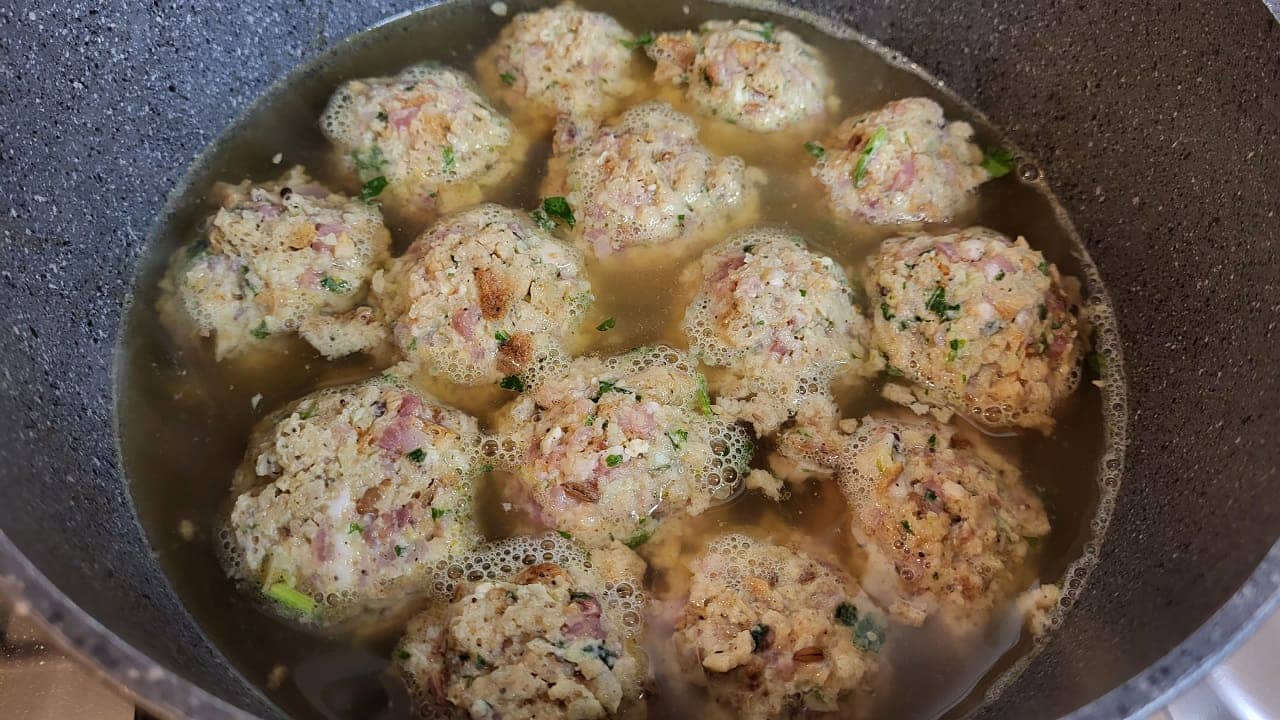
Accessories
- Casserole
- Bowl
- Knife
- Table spoon
- Chopping board
Tips and tricks
- The same recipe can be used to serve the dumplings with butter and sage.
- It is possible to freeze them if all the ingredients used at the origin are fresh: before using them in your recipes, remove them from the freezer and dip them into the broth or hot water, letting them cook a little more than they should.
- These Tyrolean dumplings are many and of different types: we find for example the dumplings with cheese, spinach, mushrooms, beetroot, liver or even with nettle. Enjoy them wrapped in the intense flavor of one Cheese fondue.
- For the sweet tooth instead, we offer sweet dumplings: starting from the potato or ricotta mixture, we can discover a filling of fresh fruit, usually plums or apricots, but also chocolate, gianduia and marzipan.
storage
We recommend preparing the dumplings and eating them immediately so that the dough does not become too hard; alternatively you can store them in an airtight container, in the refrigerator, for a maximum of 2 days.
History
The origins of the Canederli, or Knödel, would date back to many years ago. There is no well-defined historical course, but among concrete finds and popular legends, we can say that the first evidence of their preparation dates back to 1180. And it is a painting that tells us about the existence of this dish: the chapel of the Castle of Appiano (Burg Hocheppan), near Bolzano, presents a cycle of frescoes in which there is also what is now known as the ‘eater of dumplings‘. It is the nurse of the pregnant Virgin who is in the kitchen, intent on tasting one of the five dumplings represented in a pot.
This is the oldest representation of large gnocchi probably born in southern Germany, in Bavaria, but very typical of Südtirol and also of other states such as Austria, Switzerland, Slovakia, Poland and the Czech Republic. What is certain and intuitive is that the recipe came from the poor peasant tradition, with simple and cheap ingredients combined to reuse all those leftovers that were absolutely not to be thrown away.
There is also a fictionalized folk tale about the birth of the Canederli. It is said that between the end of the fourteenth and the beginning of the seventeenth century, a group of mercenary warriors (i Landsknechts) had come to a local in Trentino pretending to eat. They even kidnapped the host’s wife and daughter for the time they had to cook. Having few ingredients available, the two women made do by designing balls with stale bread, eggs, onions, milk, speck and flour, which they dipped in boiling water. According to legend, these large gnocchi impressed the soldiers for their goodness, so much so that they paid the cooks with gold coins for the sublime meal they prepared.
Ingredients for 4 people
- Stale bread: 250 g
- Speck: 100 g
- Onion: ½
- Eggs: 2
- Milk: 100 g
- Butter: 20 g
- Black pepper: to taste
- Parsley: to taste
- Chives: to taste
- Extra virgin olive oil: to taste
- Salt up: to taste
- Meat broth: 1 l
- Preparation: 15 minutes
- Cooking: 25 minutes
- Total: 40 minutes
- Calories: 114Kcal / 50g


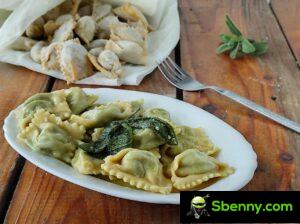
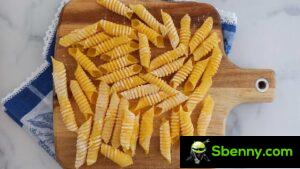
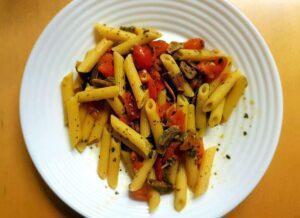
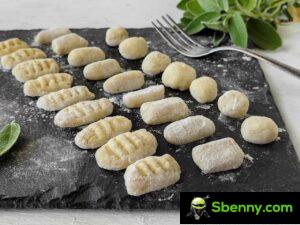
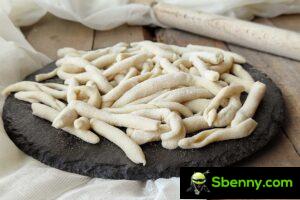
Start a new Thread